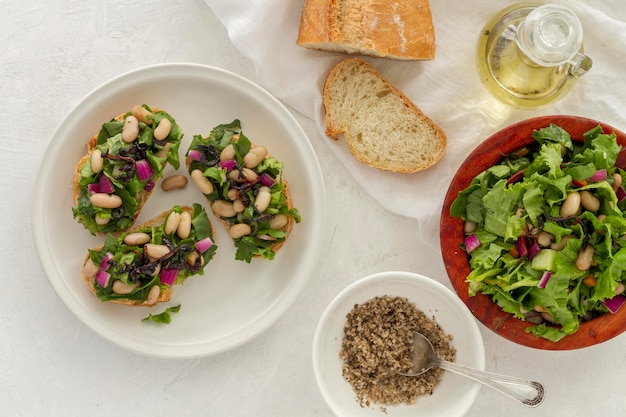As we age, maintaining a healthy weight becomes more than just about appearance—it's about mobility, independence, and long-term joint health. Excess weight places added stress on knees, hips, and the lower back, increasing the risk of osteoarthritis and limiting daily activities. The good news? Weight loss is achievable at any age, especially when approached with care, consistency, and joint protection in mind.
This comprehensive checklist is designed specifically for seniors who want to lose weight safely while protecting their joints. Each step includes actionable guidance and clear progress checks to keep you motivated and on track.
Carrying extra weight accelerates joint wear and tear. For every pound lost, you reduce four pounds of pressure on your knees. Even a modest 5–10% reduction in body weight can lead to improved mobility, reduced pain, better sleep, and lower risk of chronic conditions like type 2 diabetes and heart disease.

Before starting any weight loss or exercise program, speak with your doctor. They can assess your current health, medications, and any conditions that may affect your plan—such as arthritis, heart disease, or balance issues.
Actionable Step: Schedule a wellness check-up and discuss your weight loss goals.
Progress Check: ✅ Appointment completed and clearance received.
Nutrition is the foundation of weight loss. Seniors need nutrient-dense, high-fiber, and protein-rich foods to support muscle mass and energy levels while reducing calorie intake.
Actionable Step: Plan three balanced meals and one healthy snack per day using the plate method: ½ plate vegetables, ¼ lean protein, ¼ whole grains.
Progress Check: ✅ Track your meals for 7 consecutive days using a food journal or app.

High-impact activities like running or jumping can worsen joint pain. Instead, focus on low-impact exercises that build strength, improve balance, and support weight loss.
Actionable Step: Schedule three 20–30 minute exercise sessions per week. Use a calendar or app to log each session.
Progress Check: ✅ Completed 12 exercise sessions over four weeks.
Joint protection is key to long-term success. Follow these tips to stay safe and pain-free:
Actionable Step: Perform a warm-up and cool-down with every workout.
Progress Check: ✅ Completed 4 weeks of consistent warm-ups and cool-downs.
Weight isn’t the only measure of success. Seniors should track functional improvements that reflect better health and mobility.
Actionable Step: Use a weekly progress journal to rate your energy, pain level (1–10), and activity completion.
Progress Check: ✅ Completed 4 weeks of journaling with at least 80% activity adherence.

Sustainable weight loss is gradual—aim for 1–2 pounds per week. If progress stalls, revisit your nutrition, activity level, or sleep habits. Small tweaks often yield big results.
Celebrate non-scale victories: walking without a cane, playing with grandchildren, or gardening longer without pain.
Weight loss after 60 is not only possible—it’s empowering. By taking joint-friendly steps, focusing on nutrition, and staying active, seniors can improve their quality of life and maintain independence.
Use this checklist as your guide, track your progress, and remember: every healthy choice counts. You’ve got this!

Health

Health

Health

Health

Health

Wellness

Health

Fitness

Health

Fitness

Wellness

Wellness

Health

Fitness

Health

Health